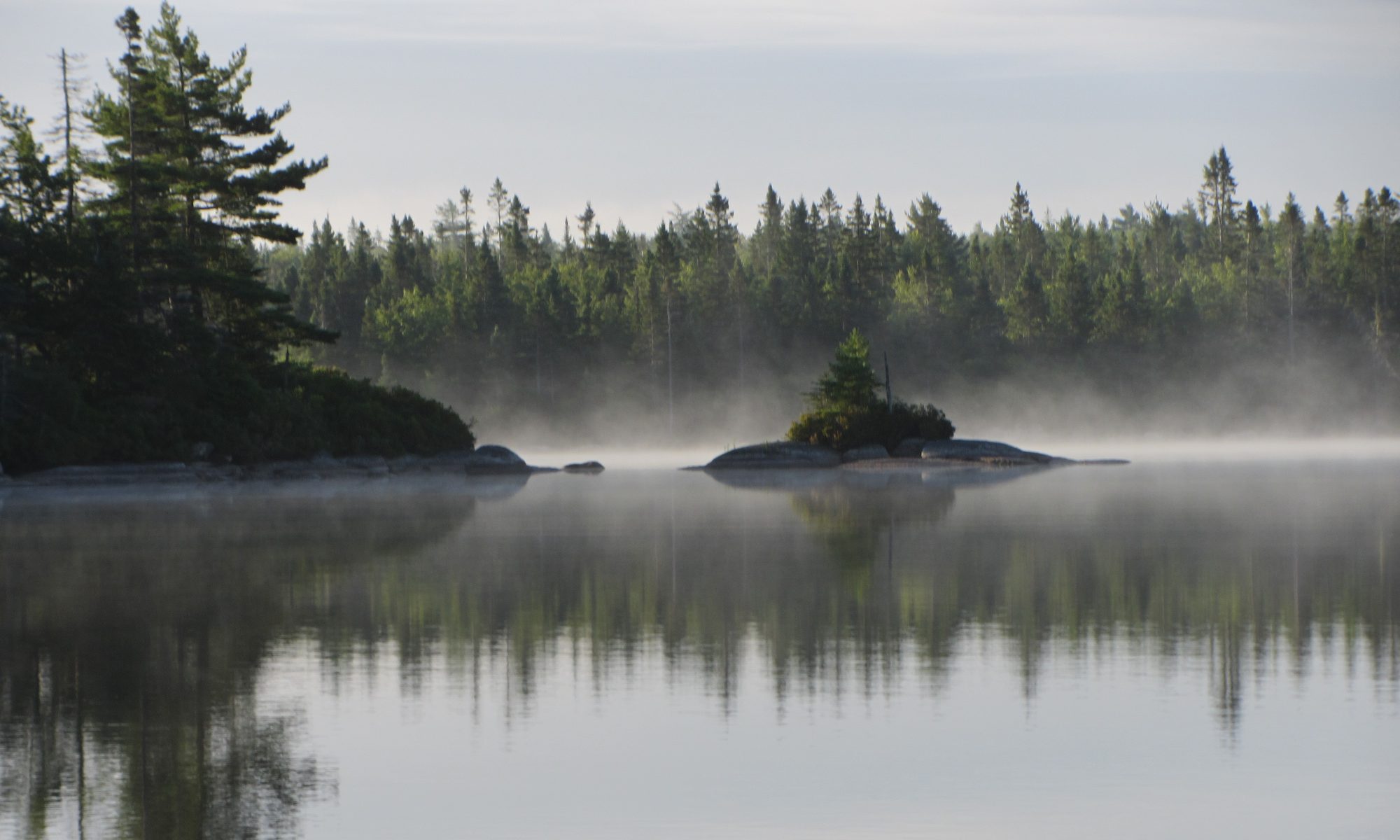What’s up now?
As you know, the Province selected lands at Sandy Lake as a Special Planning Area in 2022. This means that the Province has the final say about development next to the lake, instead of HRM Council. Since then, the Province has been requiring HRM staff to advance development planning for the area in a fast-tracked way, including hiring consultants to do background studies about the area.
The background studies are complete, and the Province decided to push HRM to the next stage of development planning, called “secondary planning” despite significant omissions in the background studies.
At this stage, HRM does seek public feedback on the proposed development at Sandy Lake. This is a critical time to speak up!
Attend the HRM Open House about development at Sandy Lake
Date: Wednesday, Nov. 12, 2025
Location: Bedford United Church, 1200 Bedford Highway, Bedford
Times: 10 am to 12 pm, 2 pm to 4 pm, 6:30 pm to 8:30 pm
Click here for more about the open house information
Not sure what to emphasize? The Sandy Lake – Sackville River Regional Park Coalition has prepared 4 main speaking points, based in science and the background studies. These can be brought up at the open house, or stated in the online survey (HRM webpage) or in an email to your MLA
You are also invited to attend a webinar, hosted by Ecology Action Centre, that will help prepare people for the open house (this webinar will also cover the Blue Mountain – Birch Cove Lakes area, which is also threatened in the same way as Sandy Lake, and also has an open house event coming up).
Did you know?
The municipality has been acquiring lands to build the park since 1954!
A Federal/Provincial/Municipal joint effort in 1971 selected the entire area to be saved as a park for all time.
Since then, the municipality has continued to build the park one piece at a time.
But developers out-bid the city and acquired some essential lands.
It has been a race against time.
Here we are in 2025, and the Province is slow to learn the facts that saving decades of investments in the amazing ecosystem of this treasured park must be the priority for the good of all.
The Province is preparing to ram through development at all costs. Short-sighted development that will cost taxpayers millions of dollars, increase traffic, heighten flooding risks, and threaten crucial ecosystems. This is a critical moment, but it’s not too late to help stop this development. We can put houses elsewhere.
Please tell them again. The time is now. At the public Open House, to your MLA, and online.
Sincerely,
Karen Robinson and Walter Regan, Co-Chairs
The Sandy Lake – Sackville River Regional Park Coalition
————————————————————————————————————————
References:
Guide to how the Sandy Lake Stantec LSA Report missed the mark:
https://sandylake.org/wp-content/uploads/2025/10/Understanding-how-the-Stantec-Report-missed-the-mark-2025.pdf
Main Issues of concern in Stantec Report:
https://sandylake.org/wp-content/uploads/2025/10/Main-issues-with-Stantec-background-studies-Sandy-Lake-SPA-Final.pdf






